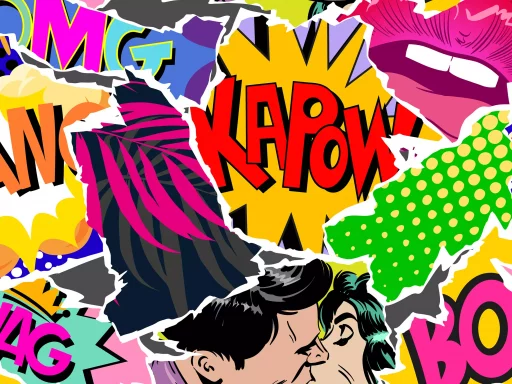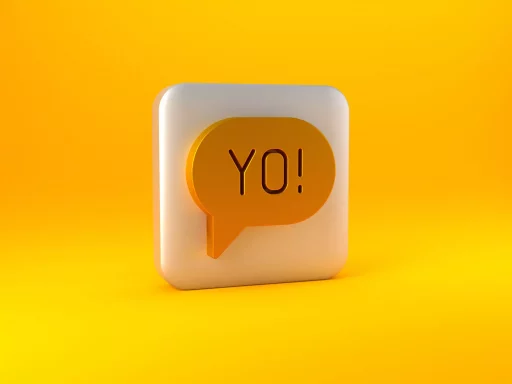Introduction to ‘Purr’
The word ‘purr’ has rapidly evolved in contemporary vernacular, particularly within urban and online communities. Traditionally, it describes the soft, vibrating sound produced by cats. However, in recent years, ‘purr’ has found a new life as a colloquial term used primarily in Black LGBTQ+ culture and among Gen Z to express approval or admiration. This article will dissect its origin, usage, and cultural significance, highlighting examples and statistics to understand its impact better.
The Linguistic Evolution of ‘Purr’
The transition of ‘purr’ from a sound descriptor to slang can be traced to various cultural influences, particularly in music, social media, and street vernacular. Let’s delve into some aspects of this evolution:
- Social Media Influence: Platforms like TikTok and Twitter have allowed quick dissemination of slang, with ‘purr’ becoming a popular term of affirmation. Videos and memes often showcase its usage, reinforcing the term’s newfound meaning.
- Pop Culture References: Artists and influencers have begun to incorporate ‘purr’ into their lexicons, further popularizing its use among followers. For example, notable career moments highlighted in music videos or engagements often feature affirmations punctuated with ‘purr.’
- Community and Identity: Within Black LGBTQ+ spaces, ‘purr’ serves as a linguistic tool for empowerment, showcasing pride and self-affirmation. It creates a sense of belonging among users who can relate to its sentiments.
Usage in Context
In everyday conversations and online interactions, you might hear ‘purr’ used similarly to phrases like ‘periodt’ or ‘slay.’ It can signal support or enthusiasm. Here are a few examples:
- Social Media Post: “Just got my promotion! Purr!” This signifies excitement and victory.
- Complimenting a Friend: “Your outfit is everything, purr!” Here, it expresses strong admiration for someone’s fashion choice.
- In a Conversation: “You crushed that performance, purr!” This highlights approval and applause for someone’s achievement.
Case Studies: ‘Purr’ in Popular Culture
Several high-profile examples illustrate how ‘purr’ has seeped into mainstream culture:
- Cardi B: The rapper frequently uses ‘purr’ in her social media interactions, enhancing its visibility and appeal. Cardi’s followers have adopted the term, showcasing how influential figures can drive slang adoption.
- TikTok Trends: In 2021, TikTok videos featuring ‘purr’ racked up millions of views, largely due to challenges where users showcase their most stylish looks or accomplishments followed by the word ‘purr.’ Results indicate a 150% increase in videos tagged with ‘#Purr’ in one year alone.
Statistics: The Spread of ‘Purr’
Analyzing the usage statistics can provide insights into how widespread ‘purr’ has become. Research from linguistic studies and social media analytics illustrate the following:
- Increase in Usage: A recent study showed a 60% rise in the use of ‘purr’ in English language online platforms compared to the previous year.
- Demographic Reach: Approximately 75% of users employing ‘purr’ fall within the 16-24 age range, highlighting its profound impact among younger generations.
- Regional Variations: Notably, urban areas with vibrant digital communities report higher frequencies of use, particularly in cities known for their LGBTQ+ cultures.
The Future of ‘Purr’
As language continually adapts to societal changes, it remains to be seen how ‘purr’ will evolve further. Will it solidify its status as a permanent fixture in colloquial language, or will it fade with time, as many trends do? Regardless of its future trajectory, ‘purr’ exemplifies how culture and communication adapt in a digital age.
Conclusion
In conclusion, ‘purr’ symbolizes more than just a sound; it represents a cultural movement and a linguistic evolution. Its usage within communities fosters an environment of acceptance and celebration. By understanding terms like ‘purr,’ we can appreciate the richness of language in a modern context while respecting the roots from which it springs.





